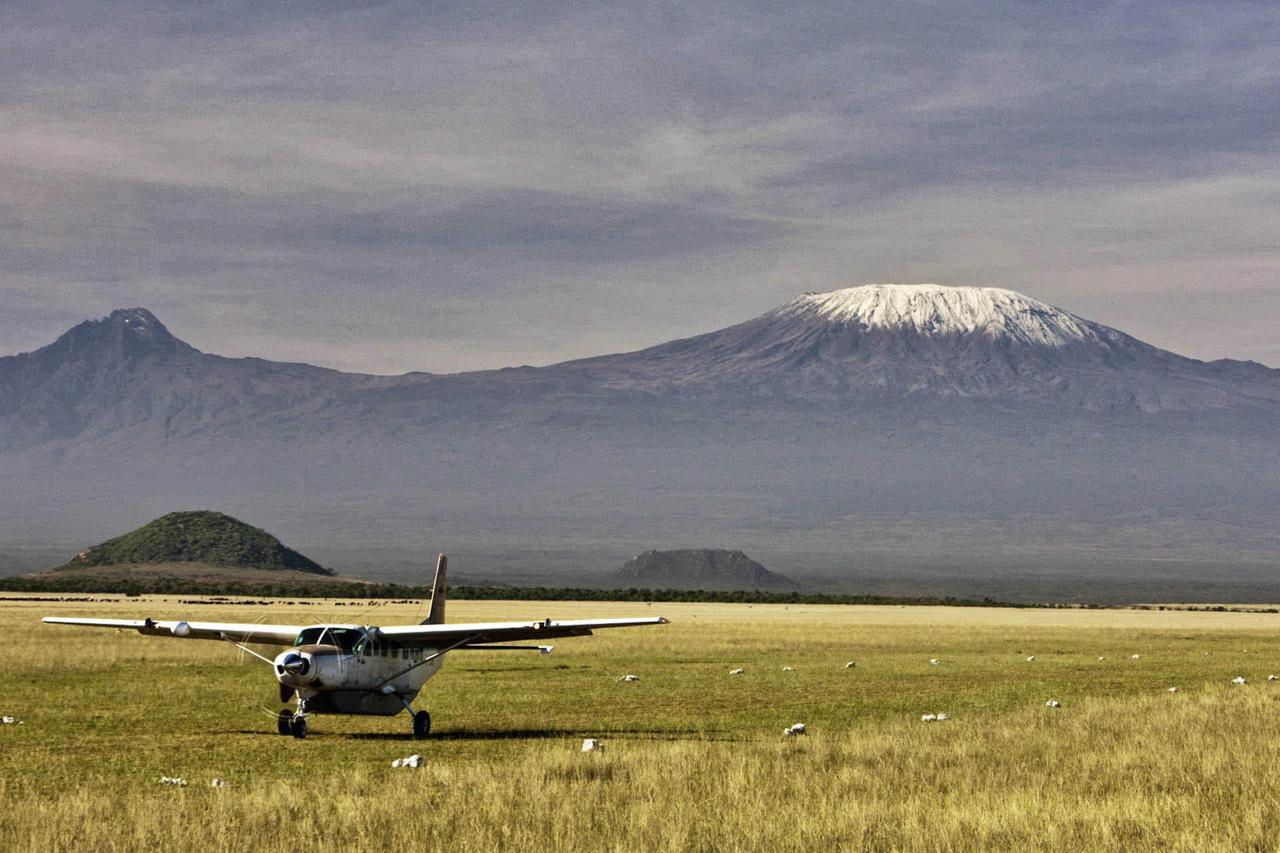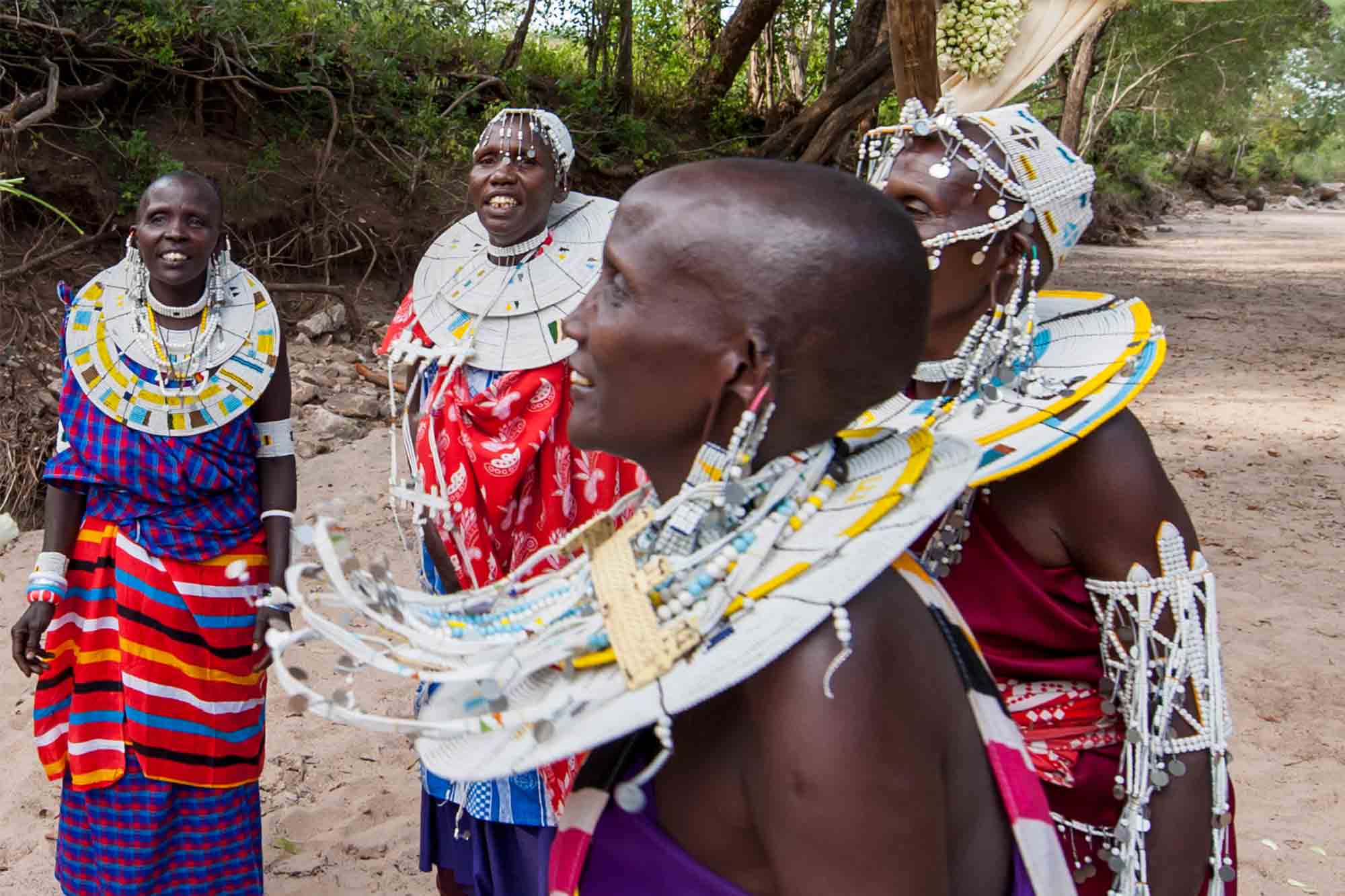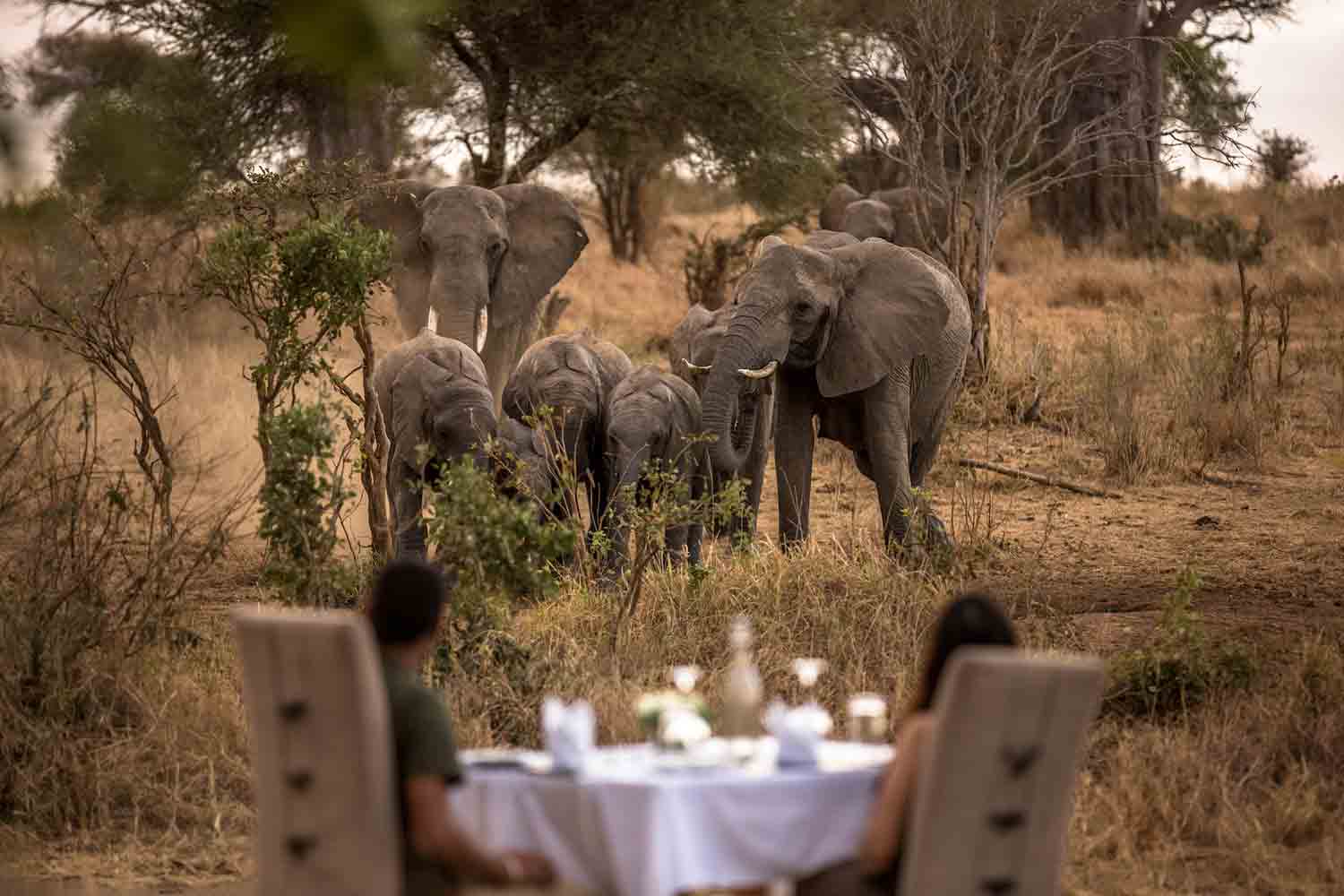JOURNAL
There's so much more than meets the eye with hyenas!!
Don't let their reputation as sly, conniving scavengers and somewhat odd appearance dissuade you from discovering more about the spotted hyena! One of the most misunderstood creatures in the African wilderness, this fiercely intelligent and socially sophisticated carnivore is actually critically important for healthy ecosystems thanks to its ability to clean up after predators by disposing of dead carcasses. Let's find out more...
The spotted hyena is one of a kind. It's the only member of its family and is related to the other three species of hyena found in Africa - the striped hyena, the brown hyena and their cousin, the aardwolf. Portrayed as decidedly dastardly in popular media and consigned to the somewhat sad grouping of animals dubbed "the Ugly Five" (along with warthogs, vultures, marabou storks and wildebeest) hyenas have been dealt some seriously bad PR!
Their unconventional looks - a large head, strong chest and long front legs with a smaller, puny rear end and shorter back legs - have not helped their image much, which is disappointing because they are clever, caring, and canny, as well as being supreme hunters rather than just scavengers.
It's in this role -as the African bush's "clean-up crew"- that hyenas excel! They perform perhaps the most important job in the African wilderness - getting rid of rotting corpses and the leftovers of other predators.
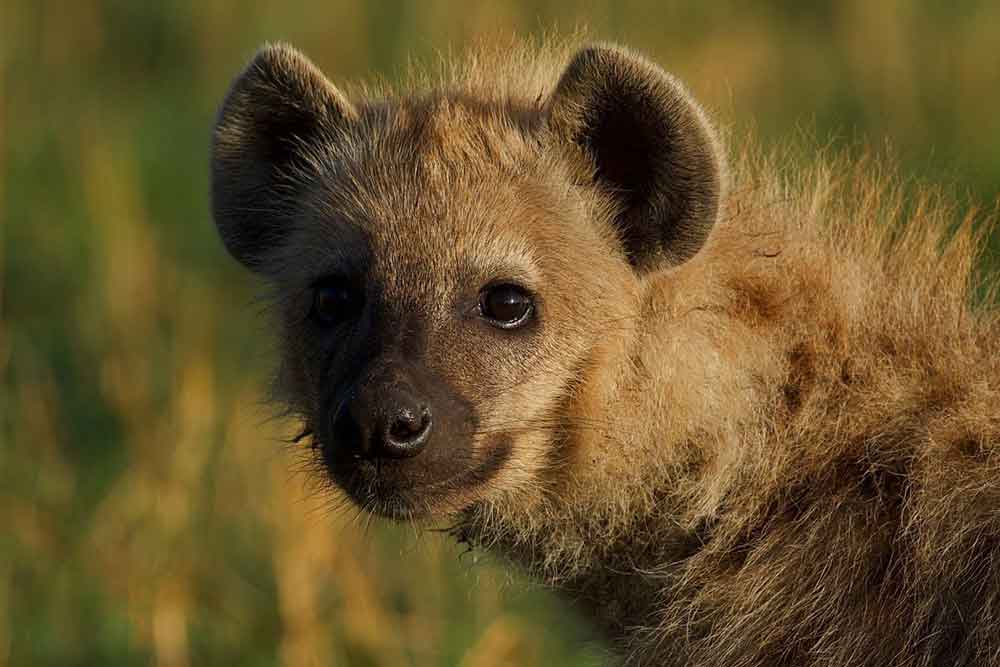
The champion cleaner
It's not exactly the most desirable of jobs, but the hyena does it exceptionally well, thanks to its powerful jaws that have one of the highest bite forces in the animal kingdom. At around 1,100psi - more than that of a lion - the hyena's bite allow sit to crunch through large bones, and rip skin and hide to pieces, devouring them with ease.
It's these powerful jaws that make the hyena's head so large and menacingly strong in comparison to the rest of its body, to accommodate the huge muscles required to exert such a strong bite force.
Strong stomach acids enable them to digest the things other predators leave behind, allowing them to clean up effortlessly, keeping diseases at bay in the process. The only things not digested are hair, horns and hooves which are regurgitated as pellets. The high calcium and other mineral content of the bones the hyenas eat means that their droppings are white, making them easily identifiable.
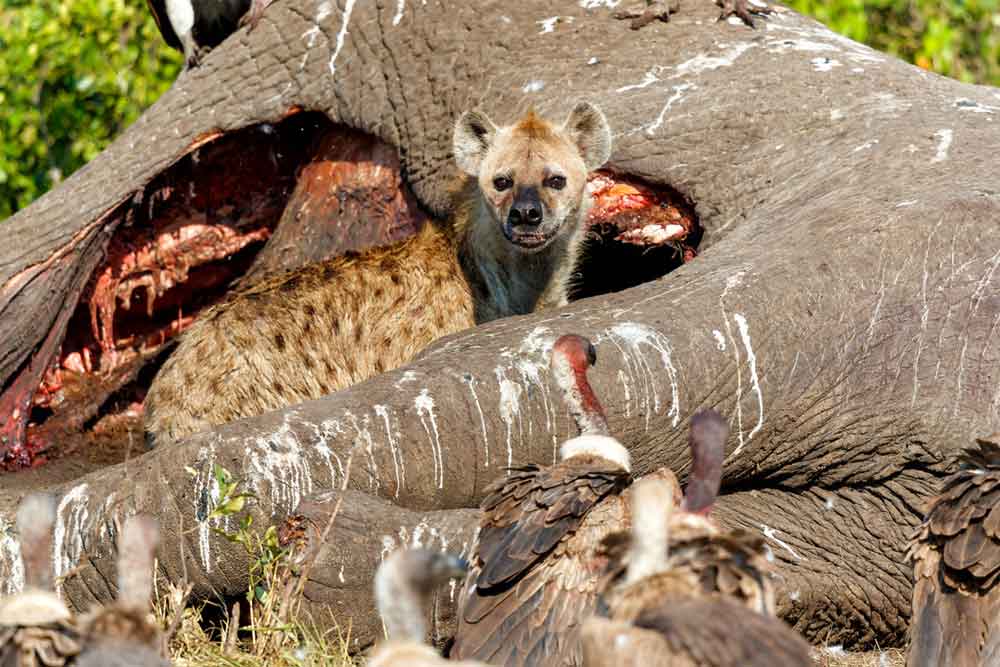
Clever hunters
Far from being strictly scavengers feeding off the prey brought down by predators like lion, leopard, and cheetah, hyenas are hugely successful hunters in their own right and between 60% and 90% of what they eat is made up of prey they catch themselves.
Their odd gait is created by those disproportionate legs but it's remarkably energy efficient and allows them to run for long distances at speeds of up to 60km an hour, enabling them to run down prey as big as buffalo and giraffe! This raw physical power is helped by a considerable amount of intelligence that allows them to observe prey behaviour and solve problems, strategising as they go.
You may see lone hyenas wandering the bush during the day, seemingly on a mission, following their hyper-sensitive noses which often detect the faintest scent of blood on the air. A lone hyena is able to chase and bring down prey like small to medium-sized antelopes, but for bigger species it requires help from other hyenas.
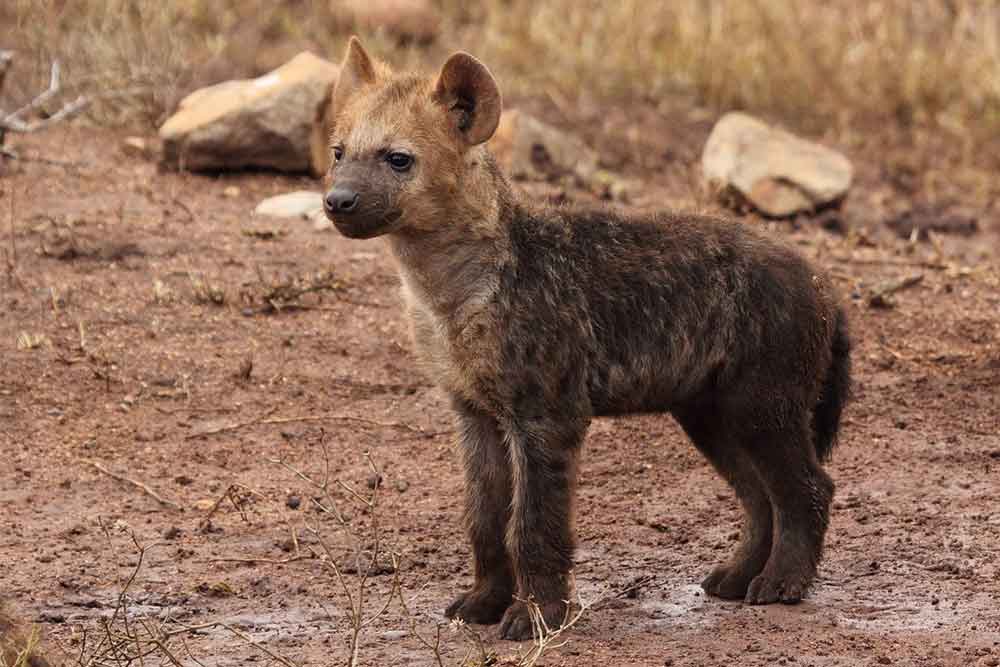
All in the family
Hyenas live in social groups called clans, presided over by a single dominant female. Females are mostly larger than the males but are hard to tell apart thanks to a pseudopenis and pseudoscrotum, evolved to mimic male sexual organs. The females urinate, mate, and give birth through their pseudopenis which is in reality a modified clitoris.
Clans can feature as many as 100 members but rarely gather together en masse, with hyenas spending their days either alone or in smaller groups, hunting often by themselves or with one or two other clan members. Clans usually consist of related females, their pups and transient males.
They give birth to anywhere between one and three pups who are black at birth, slowly changing colour and developing their spots as they get older. This is when you will find hyenas denning, finding a suitable spot (usually in a disused termite mound) in which to give birth and raise their pups until they are strong enough to hunt and forage with their mothers, usually at around a year old.
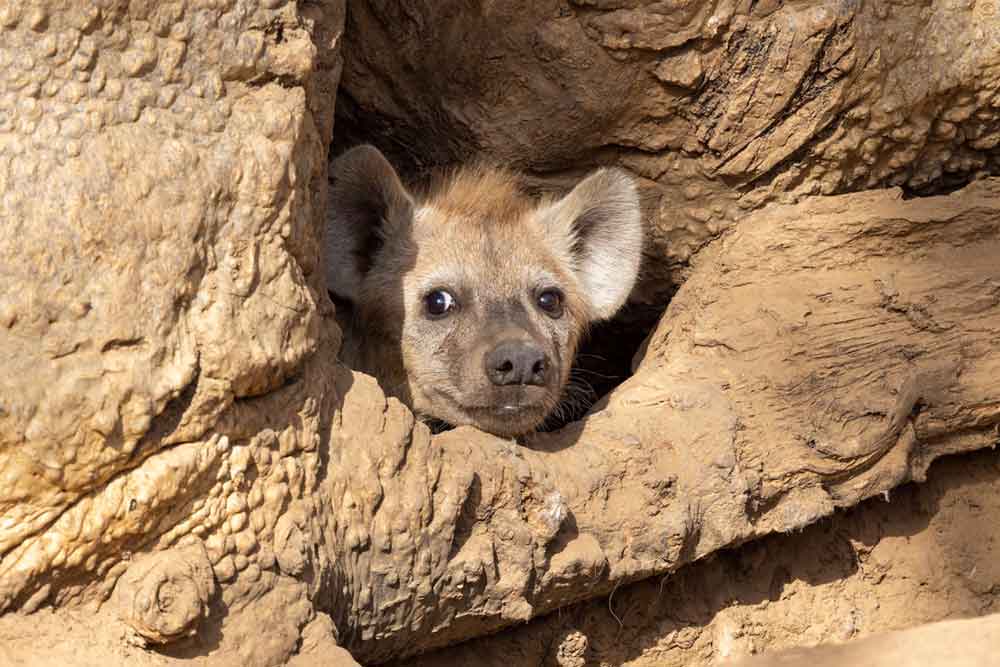
A sense of humour?
The spotted hyena is also known as the laughing hyena, thanks to its distinctive vocalisation that sounds like a deranged cackle. In fact, they have a wide "vocabulary" of sounds ranging from the haunting "whoop" you often hear at night to grunts and groans, whines and growls.
Groaning is usually done on greeting when the clan meets up at a den or out in the bush when something exciting is going down. Whooping is a way of gathering the clan together and can signify hunting, the finding of a kill or a warning that a fight with a neighbouring clan is imminent. A hyena's whoop is one of the trademark sounds of the African wilderness, so listen out for it during your stay with us!

